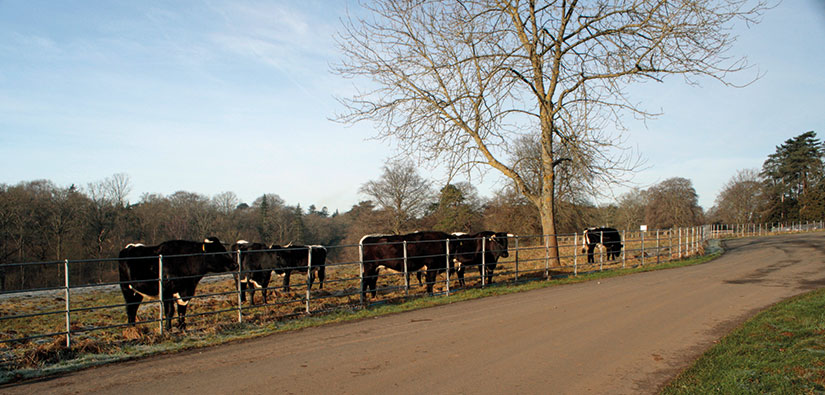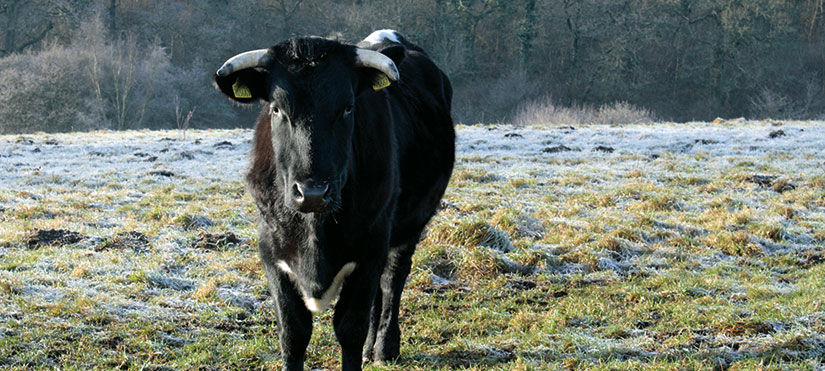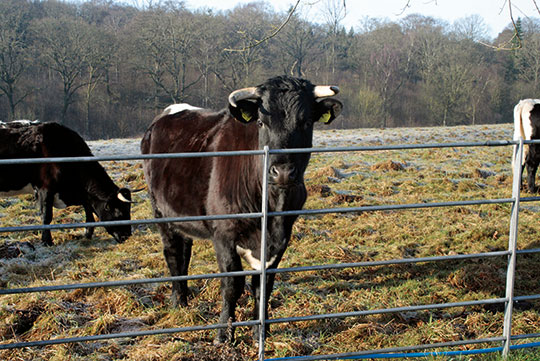A welcome bunch of grazers
These handsome beasts are playing a vital role in continuing the Downs restoration project, and helping us to create and maintain a diverse habitat for the many wildflowers, insects and other animals that make their home amongst the grasses of the Downs. Matt Parratt, Forest Research Scientist, tells us more.
Surveys over recent years have shown that the Downs here at Westonbirt are home to at least 236 different plant species – around 8.1% of the UK flora! But in recent decades, this type of limestone grassland has been in rapid decline.

In the 1930’s 40% of the Cotswolds was covered in wildflower rich limestone grassland, today it is just 1.5%, a decline which is reflected across the UK.
So why is this type of grassland disappearing?
Many flora species found in the grasses are being outcompeted by more aggressive, tall rank species such as cocksfoot grass, docks and thistles. Livestock grazing reduces the dominance of these aggressive species. Through the action of their hooves, the animals open the soil to provide niches where seeds can germinate.
Not all grazers are suitable for the downland. Sheep and horses are very selective grazers, they tend to nibble rather than tear vegetation, sheep preferring flower heads and buds and horses liking the finer grass. Cattle are less fussy and pull clumps of vegetation from the ground with their tongues; this creates a more tussocky sward, creating small areas of bare soil in which seeds can germinate.
It’s important to stop the grazing when the vegetation starts to flower. Then we’ll get them back on the ground once most of the species have shed their seeds.

Gloucester cattle are mostly docile, but you should not try to touch or pet them and please keep dogs under control and to heel when near them. The cattle that were with us over the winter have left us for the time being. They plan to return in late summer.
